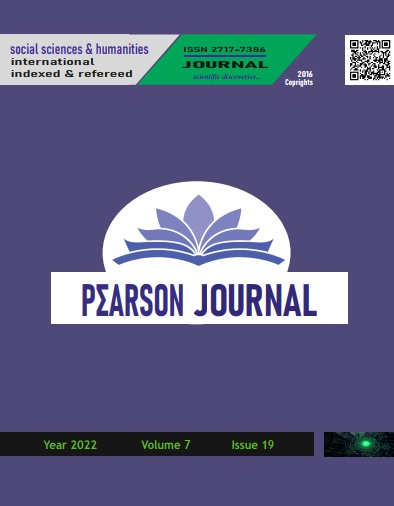CULTURAL DIMENSIONS OF MIGRATION AND ITS REFLECTIONS ON CONTEMPORARY ART: A THEMATIC ANALYSIS
DOI:
https://doi.org/10.46872/pj.523Keywords:
Migration, Social change, Vertical mobility, Cultural identity, Contemporary art, Otherness, Alienation, De-identificationAbstract
Changing the place where humanity lived for many reasons in the historical process has brought social, economic, cultural, psychological and sociological changes. Leaving behind the place where people were born and lived had great effects on cultural identity as a whole, as well as on their individual identity. In the transition from agricultural societies to industrial societies, there has been a large-scale migration in the current sense, and the most important reason for this has been economic concerns. Other reasons for migration include security concerns and the desire for a better life. Migration also takes place in different dimensions, including vertical and horizontal mobility. Considering the results of migration, vertical mobility from small settlements to larger living centers causes an increase in population in urban centers, the emergence of housing shortages, and economic problems cause political problems. It is seen that it creates negative outcomes such as de-identification, isolation and alienation. However, for individuals who are subject to forced migration, this situation causes great traumas that will last a lifetime. The cultural dimensions of migration are also a broad subject that can be addressed from different perspectives. In the research, physical situations such as migration, urbanization, squatting, and psychological situations such as immigration, otherness, destruction of identity, alienation and loneliness are analyzed through diagrams created through the indicators that refer to these situations and phenomena. Finally, the indicators, themes and approaches to the problem in the works of artists who have personally experienced the immigration situation, and the narrative form and indicators in the works of artists who have not directly experienced this phenomenon, are handled comparatively, and it is aimed to reach a common data by making a thematic analysis on the works taken as a sample.




